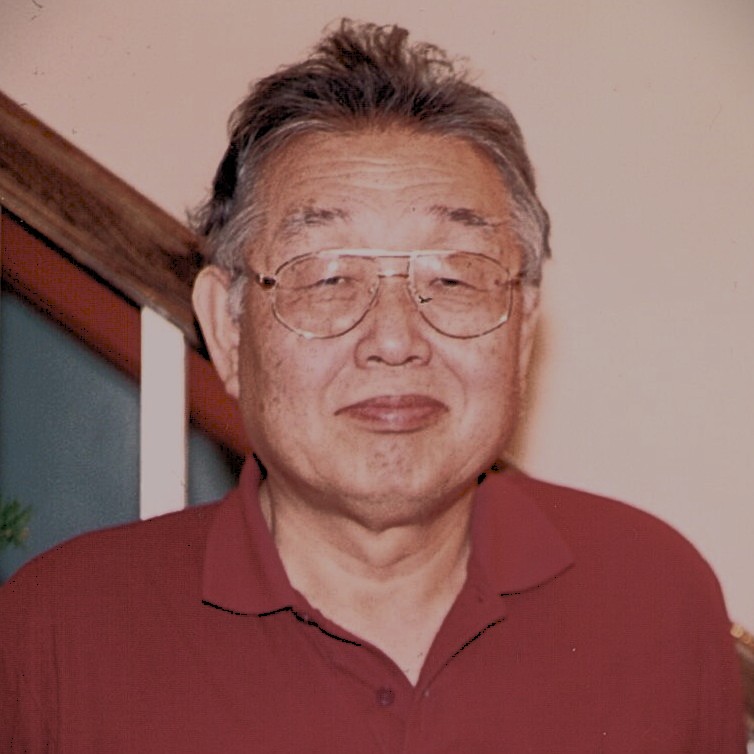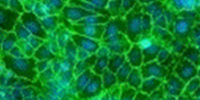
By Joshua Parker
Last summer, I was gratefully the recipient of the Thomas Mason Interdisciplinary Fellowship, which is administered by the Department of Physics here at the University of Maryland. A Maryland physics and electrical engineering alumnus, Thomas Mason is currently a professor at UCLA, bridging both the departments of Chemistry & Biochemistry and Physics & Astronomy. His interdisciplinary background and current working environment led him to start the fellowship, with the goal of encouraging physics students to benefit from conducting research in collaboration with non-physics faculty.
As a fellow, I worked with Dr. Jon Fourkas' chemistry lab to design devices to simulate how cancer cells move through the human body. Cancer cells have been seen to regulate their internal structures in response to forces felt by external environmental rigidity and topographies. We wanted to see this up close and personal, using model devices. Floyd Bates, a graduate student in Dr.Fourkas' lab, is an expert in using two-photon lithography techniques to design micro-fluidic devices with nano-scale features. Over the summer, with input from Dr. Wolfgang Losert, from the Physics Department, and Dr. Carole Parent, a cell biologist at the National Cancer Institute, we finished with a proof-of-concept design and device, ready for real-cell experiments.
The experiment is still ongoing, and will likely be so for a while (isn't that always the case in science?) We are also in the process of developing computer simulations of cells moving in the device, which will direct future device designs. Thanks to the support of the Thomas Mason Fellowship, the forthcoming results from both the experiment and simulations will dramatically aid in understanding how cancer cells find their way through the complex environment of a human body.
---
The Thomas G. Mason Interdisciplinary Physics Fund was established in December 2000 by Thomas G. Mason (BS, 1989). Spendable Income from the Thomas Mason Interdisciplinary Physics Fund exposes talented doctoral students in the Department of Physics to problems and approaches in non-physics disciplines through summer interaction with professors in other departments.


















